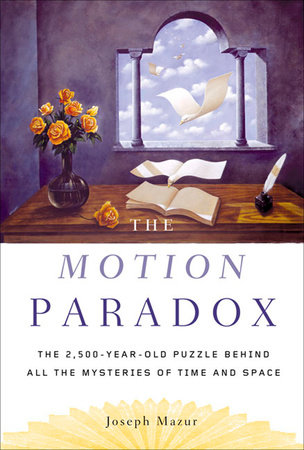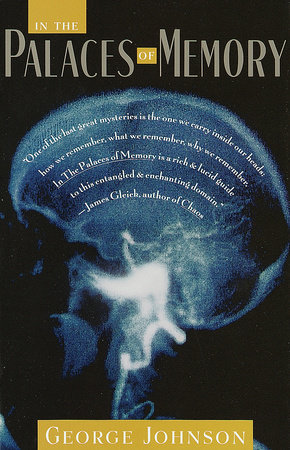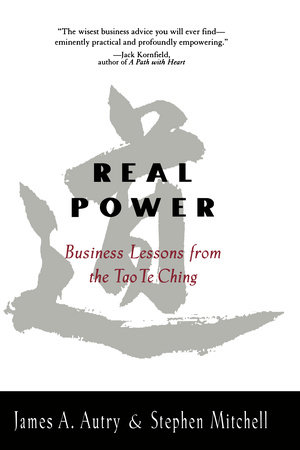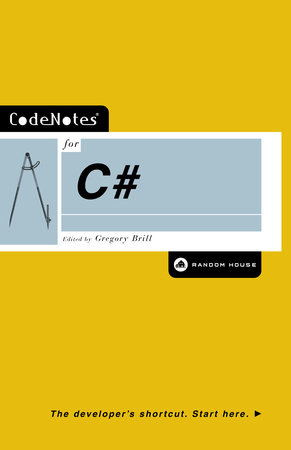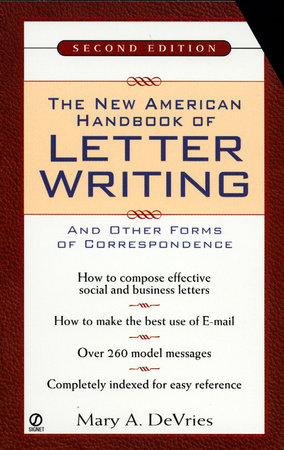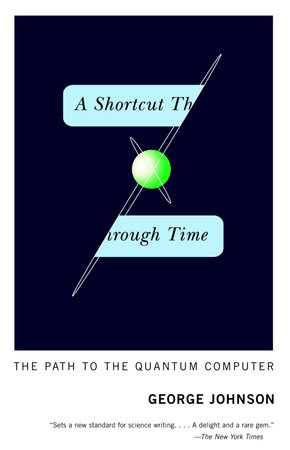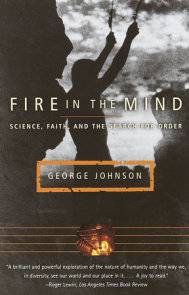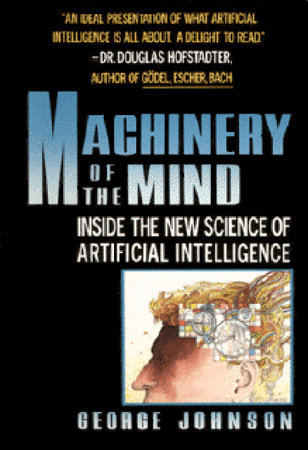Author Q&A
A Conversation with George Johnson author of
A SHORTCUT THOUGH TIME
Q: Why did you want to write about quantum computing?
A: A few years ago, a fellow science writer complimented me on a piece I’d just written for the New York Times science section. He said it was the clearest explanation he’d ever read of the mind-bending peculiarities of quantum theory. Then he went on to say that what the world needs is a short book (emphasis on "short") that would explain an emerging new technology called quantum computing. I decided to take up the challenge.
Q: Can you briefly explain what a quantum computer would be like?
A: All computers that now exist—from the Mac or PC on your desktop to gargantuan supercomputers like Q in Los Alamos, New Mexico—speak the same language, called binary logic. Everything is either 1 or 0, on or off. It is this simplicity that allows computers to process data —numbers, words, sounds, pictures—at such rapid speeds. A quantum computer works according to a very different set of rules. Everything is 1, 0, or 1 and 0 at the same time. That sounds ridiculous, but the laws of quantum theory allow it. And the result—this is what I try to explain in the book—would be computers that can solve problems now considered impossible.
Q: What is an example of one of these "impossible" problems?
A: Finding a number’s smallest factors. We know that 12 can be broken down into 2 x 2 x 3. But how about 1,347,012,645,886,345,555,097? (I just made that up by randomly hitting keys on my word processor.) First you would have to try dividing it by 2, then 3, then 5, then 7. . . and on and on. It’s been estimated that factoring a number hundreds of digits long would take the fastest supercomputers billions of years. A quantum computer could do it in seconds.
Q: That sounds exciting for mathematicians, but what are the practical benefits?
A: Every time you use a credit card to buy something from Amazon or Ebay, the information is encrypted using a system that is based on the difficulty of factoring very long numbers. Military and corporate secrets are often encrypted the same way. (They just use longer numbers.) The system works because of the inherent limitations of today’s computers. But an electronic thief armed with a quantum computer would be able to break the hardest codes with ease.
Q: Besides encryption technologies, what other sorts of breakthroughs are possible?
A: For many scientists the most exciting thing is that quantum computers—even the experimental ones that now exist in the labs—are deepening their understanding of how the universe works. We already know that electrons, protons, photons—all the subatomic particles— obey the strange dictums of quantum theory. (Remember "Heisenberg’s uncertainly principle" or "Schrödinger’s cat"—the one that is dead and alive simultaneously?) By making computers that behave in the same manner, scientists are getting a hands-on feel for how very weird reality can be.
Q: How close are we to the creation of a quantum computer?
A: They are already here, in very simple form. And every year they are becoming more powerful. But how long will it be before someone makes a quantum computer powerful enough to crack the world’s hardest codes—10 years, 30, 100? That is the billion dollar question.
Q: Do you foresee this technology ever being made available to the public?
A: Much as I’d love to have a quantum computer on my desk, right now that seems like a far-off dream. But consider: In 1949, an article in Popular Mechanics, describing a state-of-the-art supercomputer called the Eniac, made this prediction: "Where a calculator like the Eniac today is equipped with 18,000 vacuum tubes and weighs 30 tons, computers in the future may have only 1,000 vacuum tubes and perhaps weigh only 1/2 tons.” Recently a group of electrical engineering students at the University of Pennsylvania duplicated the entire circuitry of the Eniac
on a silicon chip smaller than a fingernail. That leaves me feeling rather optimistic.
Q: How might a working quantum computer conceivably effect our daily lives?
A: The good:
• Searching vast databases in a matter of seconds. (Imagine being able to do a full-text search of every word in the Library of Congress.)
• Solving mathematical problems that have stumped scientists for centuries.
The bad:
• The breakdown of secret codes used to guard credit card transactions and other
personal financial information.
• The compromise of sensitive classified military information.



